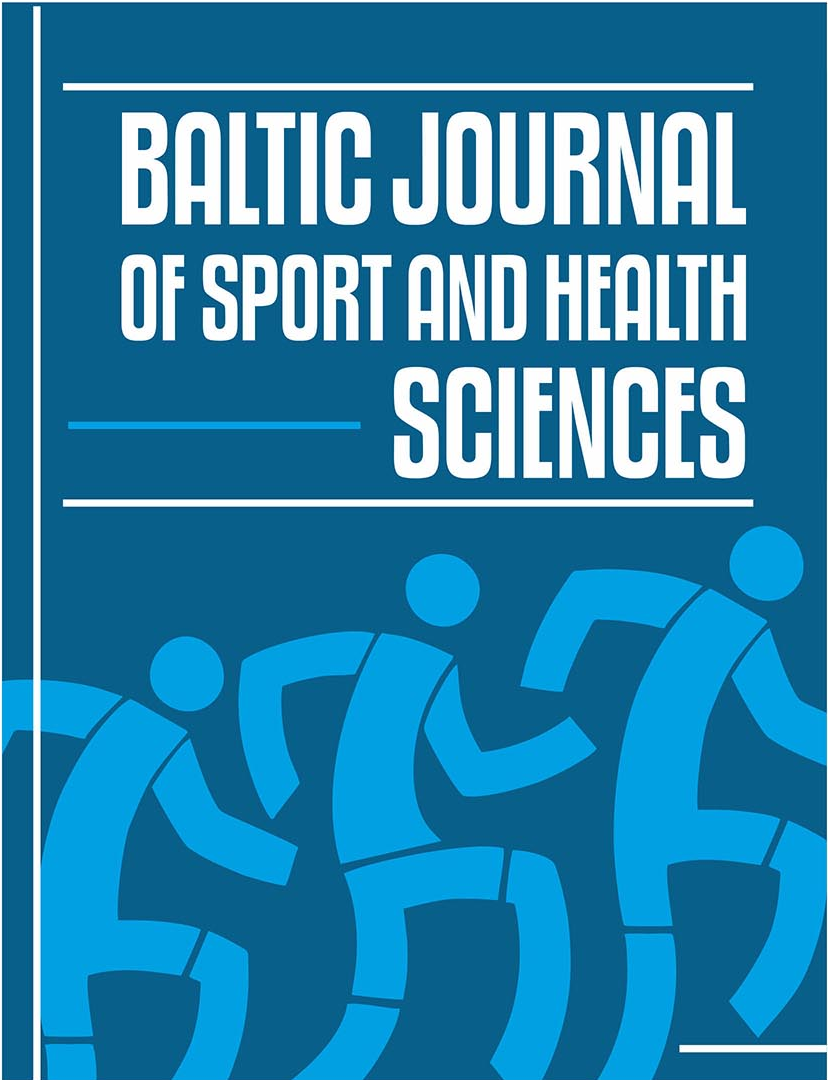Effect of Uni and Bilateral High-Intensity Sustained Isometric Contraction Exercise on Fatigue Related Changes in Quadriceps Femoris
Abstract
Background. It is well established that different types of exercise can provide central and peripheral fatigue. However, there are conflicting findings in the literature, and a consensus has not been reached regarding the different patterns of different ways of performing exercises when the muscle works at long and short lengths and unilaterally and bilaterally. The purpose of this study was to investigate the effect of muscle length and the high-intensity physical exercise when performing unilaterally and bilaterally on fatigue.
Methods. Thirteen young healthy physically active volunteering males participated in the study. Maximal voluntary and involuntary contraction was observed during the performance of sustained maximal (uni-)bilateral isometric contraction at long and short quadriceps muscle length. Capillary blood lactate concentration and perceived exertion was observed after high-intensity physical exercise.
Results. Maximal voluntary contraction (MVC)% decreased significantly and greatly in (uni-)bilateral exercise at long muscle length. CAR% at the appearance of fatigue was greater at long muscle length and did not depend on (uni-)bilateral contraction.
Conclusion. When both legs generate force (bilateral contraction), it is possible to observe a decrease in the rate of force development (RFD) but not in the MVC. Movement performed at long muscle length and (uni-)bilaterally has an effect on a greater motor cortex activation and a sense of movement effort and lactate concentration in capillary blood.
Keywords: high intensity interval exercise, sustained isometric contraction, central fatigue, peripheral fatigue, bilateral and unilateral contraction.






